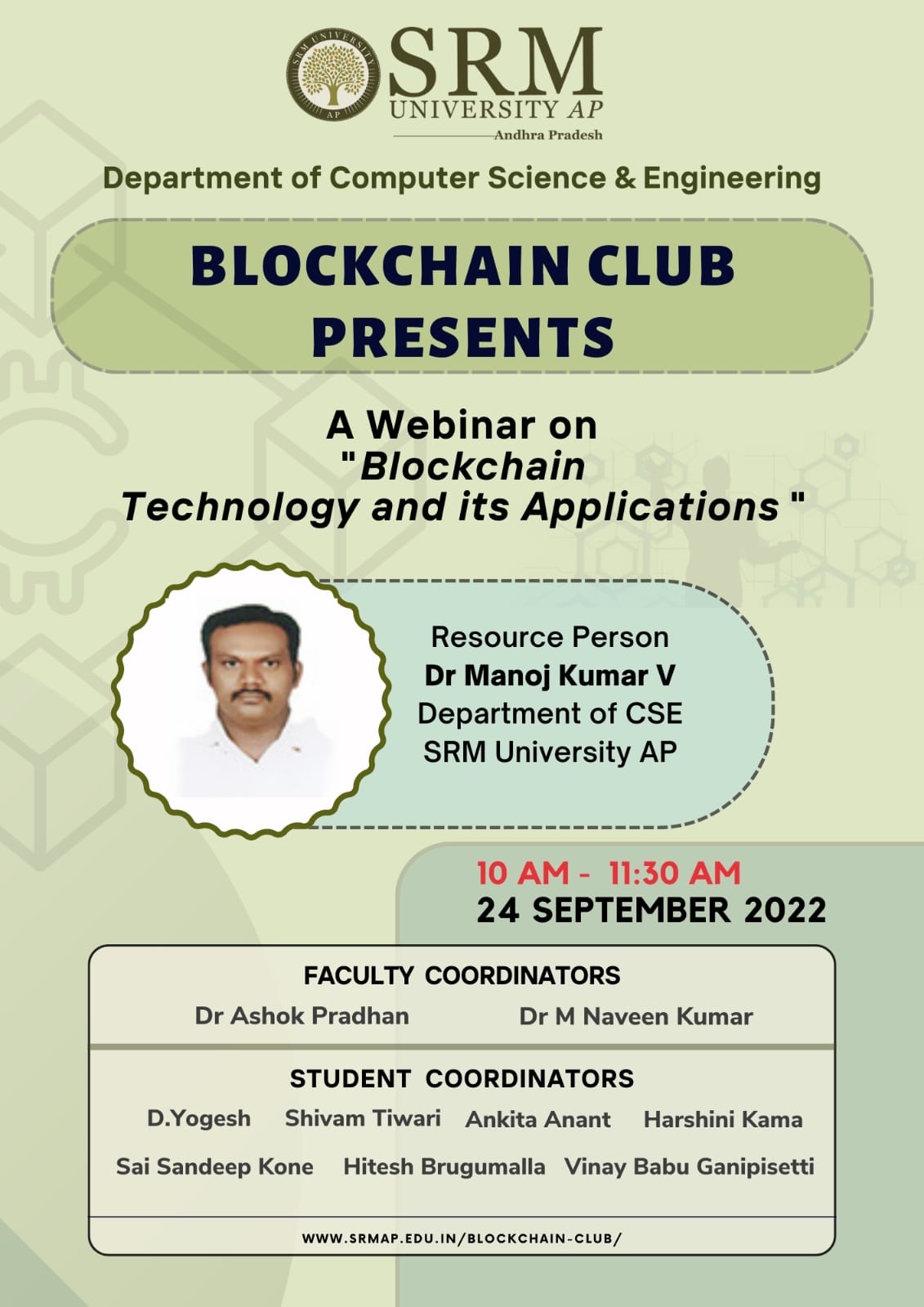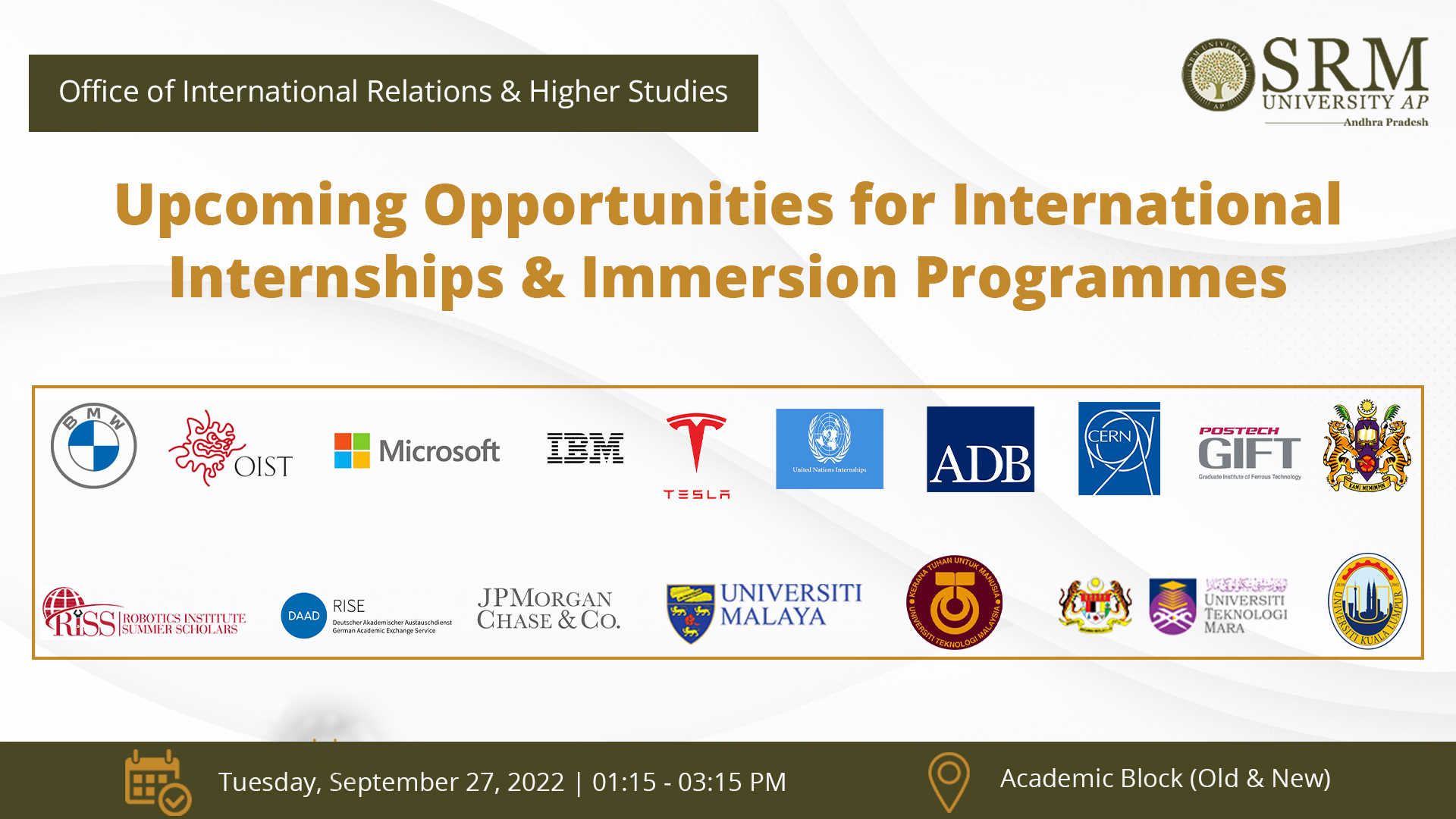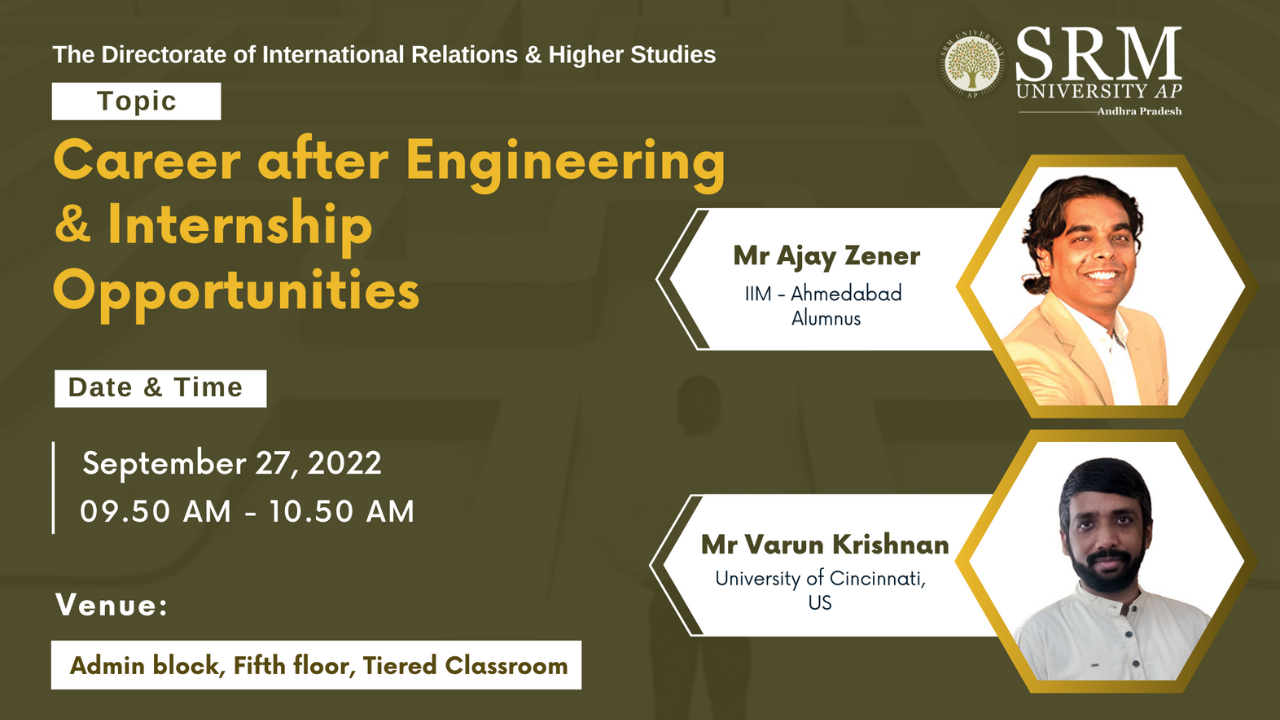Data is the new oil: The Fundamentals of Linux and Data Analytics
 Connectivity and data are the substrata of the fourth industrial revolution. From tip to toe, the job market is data-driven and requires more IT support than ever. There is a massive demand for data analysts in the industry, and organisations hire them in bulk as they deal with data daily. The Directorate of Corporate Relations and Career Services is conducting a workshop VOIS for Tech- The Fundamentals of Linux and Data Analytics to discuss its various aspects. Mr Abdul Aziz Md from EDUNET Foundation will be guiding the workshop.
Connectivity and data are the substrata of the fourth industrial revolution. From tip to toe, the job market is data-driven and requires more IT support than ever. There is a massive demand for data analysts in the industry, and organisations hire them in bulk as they deal with data daily. The Directorate of Corporate Relations and Career Services is conducting a workshop VOIS for Tech- The Fundamentals of Linux and Data Analytics to discuss its various aspects. Mr Abdul Aziz Md from EDUNET Foundation will be guiding the workshop.
Date: September 22&23, 2022
Time: 9.00 AM to 5.00 PM
Venue: ALC 4 Level 4 – Admin Block
About the speaker
Abdul Aziz Md joined EDUNET Foundation on March 2022 as a Master Trainer. He has completed an MTech in Artificial Intelligence from the University of Hyderabad, Hyderabad. He has 8+ years of experience in academics and research. His Areas of Interest are Artificial Intelligence, Machine Learning, Deep Learning, and Computer vision. He worked as an Assistant Professor at the CSE department of Rajiv Gandhi University of Knowledge Technologies (RGUKT), RK Valley campus, Andhra Pradesh, before starting his journey with the EDUNET Foundation.
- Published in CR&CS, CR&CS Events, Events, Workshop
Blockchain Technology and its applications.
 Blockchain is a digital ledger of any transactions or contracts that need to be independently recorded. This technology underpins digital currency transactions. It can be utilised in many industries, including Financial Services, Healthcare, Government, Travel and Hospitality, and many more. The Blockchain club of the Department of Computer Science and Engineering is hosting a webinar on Blockchain Technology and its applications.
Blockchain is a digital ledger of any transactions or contracts that need to be independently recorded. This technology underpins digital currency transactions. It can be utilised in many industries, including Financial Services, Healthcare, Government, Travel and Hospitality, and many more. The Blockchain club of the Department of Computer Science and Engineering is hosting a webinar on Blockchain Technology and its applications.
Date: September 24, 2022
Time: 10.00 AM to 11.30 AM
Assistant Prof Dr Manoj Kumar V of the Department of Computer Science and Engineering, will handle the session. More than 130 participants will be attending the programme.
About the speaker
Dr Manoj Kumar V did his PhD from NIT Tiruchirappalli. He has teaching experience at VIT- AP university, Anjalai Ammal Mahalingam Engineering College, Tamil Nadu, and Mount Zion College of Engineering and Technology, Tamil Nadu. Internet of Things, Blockchain, and Cryptocurrency are his primary research interests.
- Published in CSE EVENTS, Departmental Events, Events, Webinars
Awareness on international internships and immersion programmes

Students are often confused about choosing the right course to attain their dream career. The International Internship and Immersion Programmes enlighten students with the multitude of courses and internships that are at their disposal. The programme guides students on opting the right course beneficial for their future career of choice.
The Office of International Relations and Higher Studies is conducting an awareness programme called Upcoming Opportunities for International Internships & Immersion Programmes for interested students. This initiative provides insight on the preparatory strategy and process for internships and courses at international universities.
Date: 27 September, 2022
Time: 1.15 PM to 3 .15 PM IST
Location: Academic Block (Old & New), Ground Floor
Join the event and initiate your step to global education.
- Published in Events, International Relations, IR-Events
Career after engineering: a useful guide for your future
 Engineering became a prominent career option over the past decades with the life-changing impacts it had on the common people’s world. It has a huge hand in making our lives easier with evolving technology and expanding innovations. The Directorate of International Relations and Higher Studies is hosting a seminar on Career after Engineering & Internship opportunities to discuss the possibilities of the disciplines in an elaborate manner. Renowned career mentor Mr Ajay Zener and SRM Alumni Mr Varun Krishnan will be interacting with the students.
Engineering became a prominent career option over the past decades with the life-changing impacts it had on the common people’s world. It has a huge hand in making our lives easier with evolving technology and expanding innovations. The Directorate of International Relations and Higher Studies is hosting a seminar on Career after Engineering & Internship opportunities to discuss the possibilities of the disciplines in an elaborate manner. Renowned career mentor Mr Ajay Zener and SRM Alumni Mr Varun Krishnan will be interacting with the students.
Date: September 27, 2022
Time: 09.50 AM to 10.50 AM
Venue: Admin Block, Fifth Floor, Tiered classroom
About the speakers
Mr Ajay Zener is one of the best career mentors of India who has guided more than 10,000+ students the past 11 years to top universities across the world. He is an Engineering graduate from the National Dairy Research Institute, Karnal, with an MBA degree from IIM Ahmedabad. He has 13 years of work experience in international companies like Cadbury, Nestle and Olam and has worked in over 14 countries. He is working as CAT, GRE, and GMAT Mentor in GradSquare and has won the Brand Icon’s International Excellence Award for Best Career Counsellor in India 2022
Mr Varun Krishnan is an engineering graduate from SRM Institute of Science and Technology, Chennai, and a Mechanical Engineering graduate from the University of Cincinnati, US. He is currently mentoring the GRE, CAT & GMAT students. He handles Admission counseling for GMAT, GRE & GD-PI preparation for MBA students. He has secured 99.72% in CAT 2018, 99.62% in CAT 2019, and 99.78% in CAT 2021.
Join the seminar to get an in-depth understanding of the career opportunities after engineering!
- Published in Events, International Relations, IR-Events
Community training on Hands-Only CPR

SRM University-AP, in collaboration with AIIMS Mangalagiri and the American Heart Association, is organising a Community Training on Hands-Only CPR on September 29, 2022, World Heart Day. Heart health is a fundamental human right and an essential component of global health justice.
World Heart Day was established by the World Heart Federation to educate people around the world that cardiovascular disease (CVD), including heart disease and stroke, is the leading cause of death in the world. The campaign highlights the actions that individuals can take to prevent and control CVD. It tries to motivate individuals to take action by educating them about how risk factors such as cigarette use, poor diet, and physical inactivity can prevent at least 80% of premature deaths from heart disease and stroke.
Cardiopulmonary Resuscitation (CPR) is an emergency lifesaving technique to be performed during instances of cardiac arrest or heart attack, or situations where someone’s heartbeat has stopped. CPR can double or triple the chances of survival after cardiac arrest. The American Heart Association is the leader in resuscitation science, education, and training and the publisher of the official Guidelines for CPR and ECC.
Learning Hands-Only CPR is learning an essential skill that would enable you to save a life!
- Published in Events, Students Affairs Events

